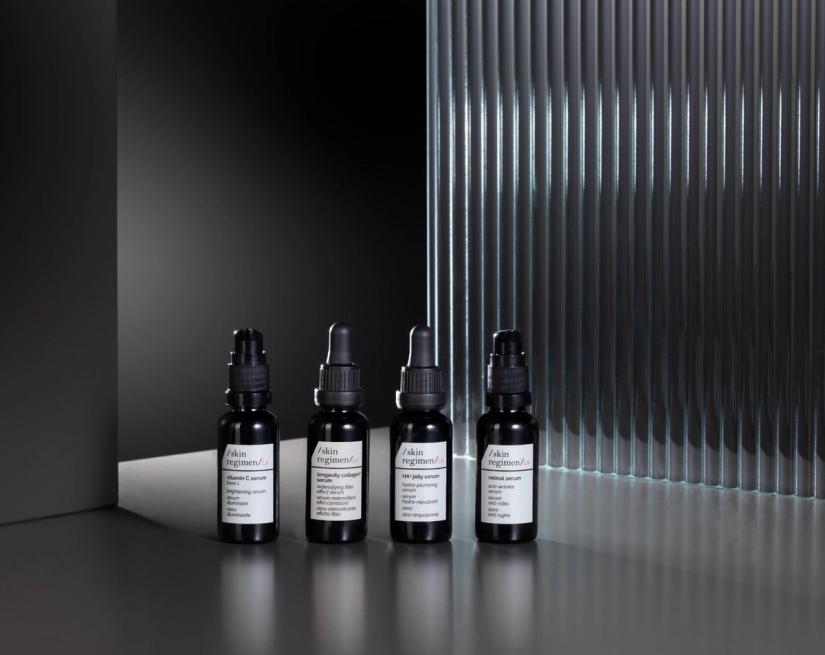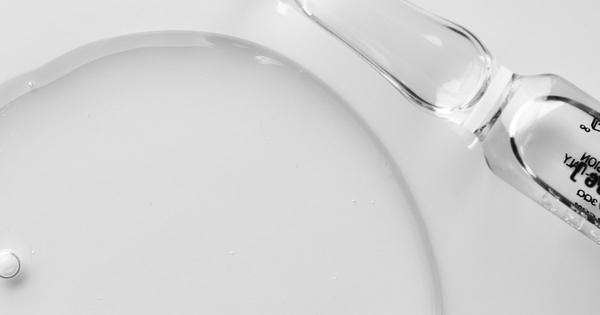Remedy Cream To Oil
Ultra gentle cleanser
skin care
Eve Mérinville | Corporate RD Excellence & SC RD and Innovation Director
10 min read

Tretinoin and retinol are both retinoids, which is a broad term that encompasses compounds made from vitamin A. Retinoids can be synthetic - made in a lab - or naturally occurring. They may be ingested orally or applied topically for a variety of reasons. When taken orally, retinoids may be used for immune therapies, targeted wellness treatments, and to aid speedy recoveries from mild illnesses. As for skincare ingredients, retinoids are often employed to combat signs of aging, like fine lines, wrinkles, and sagging skin. Retinoids are also useful when seeking to achieve a bright, glowing complexion and to treat acne.
Tretinoin and retinol are two different types of retinol, each with its own powerful properties and specific uses. The dermatology industry has long recommended use of vitamin A derivatives to combat signs of aging, hyperpigmentation, and breakouts. Tretinoin, the prescription retinoid, has been gaining more attention in the beauty industry because of its potency and effectiveness. Topical applications of products with either of these active ingredients are usually safe for most skin types, however, seek medical advice before embarking on any topical retinoid regimen.
"For renewed skin, we suggest the Active Pureness line - a professional, unisex solution to reduce the appearance of localized imperfections caused by oily skin. It supports unbalanced skin to restore its optimal equilibrium in a gentle, progressive way."
Monica Poli - Skin Tech and Device Product Manager
| WHAT IS RETINOL | WHAT IS TRETINOIN | |
| Retinol is just one of the many types of retinoids and has long been a popular ingredient in skincare products, like moisturizers, boosters, and serums. Retinol is a natural form of vitamin A that can be sold over the counter. It can be used in a variety of dosage strengths depending on the product or purpose. Retinol reduces fine lines and wrinkles but doesn’t directly affect the skin. Rather, the powerful ingredient is activated when the skin’s enzymes begin to convert retinol and retinoic acid. Depending on the amount of retinol in the product, frequency of usage, skin type, and age of the product, actual results from retinol products may take a bit longer to notice. | Some skin care experts explain that tretinoin, also known as Retin-A, is a graduated version of retinol, in that it is 20 times more potent and requires a prescription from a dermatologist. Tretinoin is actually retinoic acid - which is what retinol prompts the skin to create. In short, tretinoin doesn’t require help from the skin to activate and begin performing, it works by itself. Also unlike retinol, tretinoin is not suited for all skin types as it can be particularly harsh on the skin, ultra drying, and irritating in some cases. FDA-approved tretinoin is used to effectively and quickly treat photoaging, or premature skin aging from prolonged exposure to the sun’s harmful rays. According to these experts, tretinoin reduces the appearance of fine lines and wrinkles in just four weeks, whereas retinol takes twelve. |
Both are ingredients used in anti-aging skin care products. Retinol and tretinoin are effective and have been safely used by a broad array of people with different skin types to slow and even reverse the signs of aging.
The benefits are numerous and both can provide some of the following results:
They also share some of the same side effects and risk factors, although people are more likely to experience these with tretinoin:
Consult with a dermatologist to see if tretinoin is right for you and your skincare needs.
Regardless of if you are using tretinoin or retinol, you should be using a supple, hydrating moisturizer daily and nightly. Your skin has the natural ability to protect against natural forces, heal itself, and remain glowing, dewy, and bright. It’s crucial to create a habitable environment for the skin’s natural microbes while keeping it clear of dirt, sweat, and acne-causing sebum.
If you’re particularly prone to dry, irritable skin, you can still use retinoids like retinol or tretinoin. Be sure to pair them with an effective, reef-safe sunscreen and a hydrating moisturizer. You may want to even be extra gentle by using a cleanser and toner tailored to sensitive skin.

It’s better to be more gentle than less gentle with delicate facial skin. Any retinoid can be harsh for any skin type, making it of the utmost importance to first consult with a dermatologist before embarking on a retinol regimen. To keep the skin healthy, nourished, and hydrated while using retinoids, wash with gentle cleansers and apply supple moisturizers.
Remedy Cream To Oil: This supple, soothing face wash works wonders at replenishing moisture and taking care of dry skin. If incorporating a retinol into your skincare routine, choose a face wash that doesn’t strip away the skin’s natural lubricant.
/skin regimen/Lx Enzyme Exfoliator: Enriched with the key ingredients Chlorella, Rice Starch and Papaya extract, this foaming exfoliating powder is the key to cleansing and smoothing the skin, giving it an enhanced radiance
/skin regimen/Lx Retinol Serum: After your skin dries, use this retinol booster on clean skin to cultivate a smooth, even, youthful complexion.
If your dermatologist believes that topical retinoids will improve your skin’s texture, they may prescribe a prescription-strength formulation or suggest certain over-the-counter retinol products to use.
Hydramemory Rich Sorbet Cream: You cannot use retinol or tretinoin without using an effective, ultra-hydrating moisturizer. Hydramemory Roch Sorbet Cream delivers a heavy dose of moisture to dehydrated, thirsty skin.
The first step to great skin is treating it right so it can perform as nature intended. Use natural or organic products when possible that harness the power of mother nature. Create a skincare routine that involves cleansing, toning, moisturizing, and using brightening products that foster a healthy glow, naturally.
Comfort Zone's products are derived from nature and created to work with your skin, not against it. Years of research and development go into each product so that we know our community is receiving the very best in skin care. As a certified B-Corp, we don’t just prioritize the people we work with but the planet from which we come. Our products are never tested on animals and our processes are regenerative, whenever possible. Using Comfort Zone is a wise choice for people and the planet.

Ultra gentle cleanser
Exfoliating foaming powder
Anti-wrinkle serum
Hydrating glow cream
Dark spot correcting serum